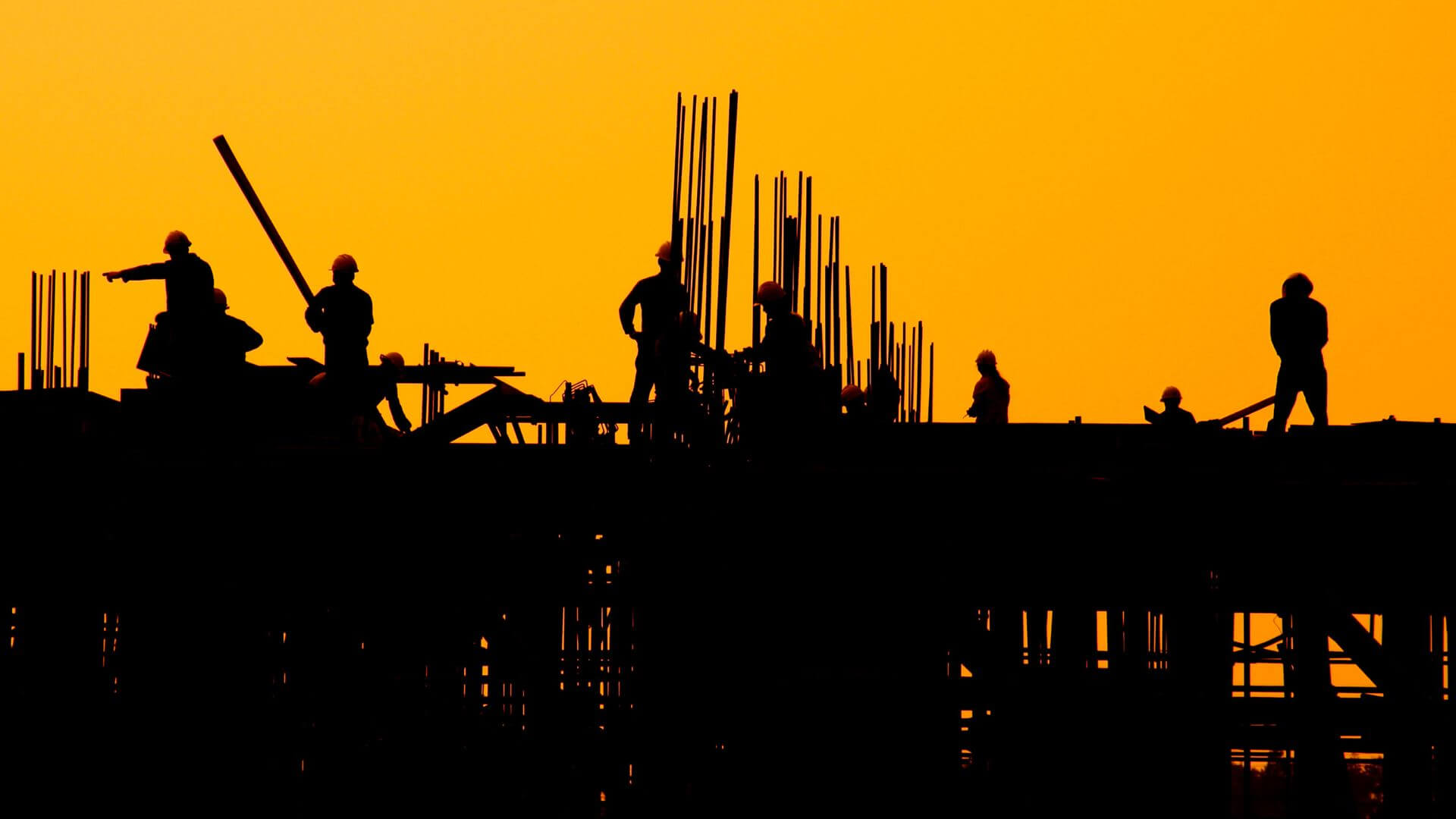Designing energy-efficient buildings has become an increasingly important focus in modern architecture as the world grapples with environmental sustainability. By integrating principles of energy efficiency into architectural design, we can significantly reduce the carbon footprint of new constructions, lower energy costs, and create living and working spaces that are both comfortable and environmentally responsible. Read on to discover four helpful architecture tips for designing energy-efficient buildings.
The Importance of Building Orientation
A building’s orientation is crucial to its energy efficiency. It influences the amount of natural sunlight and ventilation the structure receives. By positioning a building in a way that maximizes exposure to sunlight during the winter months, architects can harness passive solar heating, reducing the need for artificial heating.
Conversely, during the summer, strategic orientation can minimize overheating by avoiding excessive sun exposure. Additionally, proper alignment can take advantage of prevailing winds to naturally cool and ventilate the building.
The Role of Insulation and High-Performance Windows
Proper insulation and the use of high-performance windows are pivotal in designing energy-efficient buildings. Effectively insulating a building minimizes heat transfer, thus maintaining interior temperatures and reducing the reliance on heating and cooling systems. High-performance windows, such as those with double or triple glazing, low-emissivity coatings, and insulated frames, enhance thermal performance by reducing heat loss in winter and minimizing heat gain in summer.
Additionally, selecting windows with appropriate solar heat gain coefficients ensures that buildings benefit from solar warmth while preventing excessive heat during hotter months.
Alternative Energy Solutions
Incorporating alternative energy solutions, such as solar power, into energy-efficient building designs is vital for reducing dependency on fossil fuels and minimizing environmental impact. Solar panels harness energy from the sun, providing a renewable and abundant source of electricity that can significantly lower energy bills and reduce a building’s carbon footprint. By integrating photovoltaic systems and proper DC to AC converters, architects can ensure that buildings can capture and utilize solar energy efficiently.
The inclusion of solar energy solutions not only enhances sustainability but also contributes to energy security and independence.
Investing in Smart Tech and Quality Ventilation
Investing in smart technology and quality ventilation systems is another critical aspect of designing energy-efficient buildings. Smart thermostats, lighting controls, and energy management systems can optimize energy usage by learning the habits of occupants and making real-time adjustments to reduce waste. These technologies, coupled with advanced ventilation systems, ensure that buildings maintain optimal indoor air quality while minimizing the energy required for heating and cooling.
Effective ventilation supports occupant health and comfort, regulates humidity levels, and removes indoor pollutants, further enhancing the building’s overall efficiency and sustainability. Buildings like Harmony Haven and Maedeh Hemati are incredible examples of natural architecture, but any designer can create a sustainable project that supports the environment. Simply follow these architecture tips for designing energy-efficient buildings and make a positive impact on the world!





